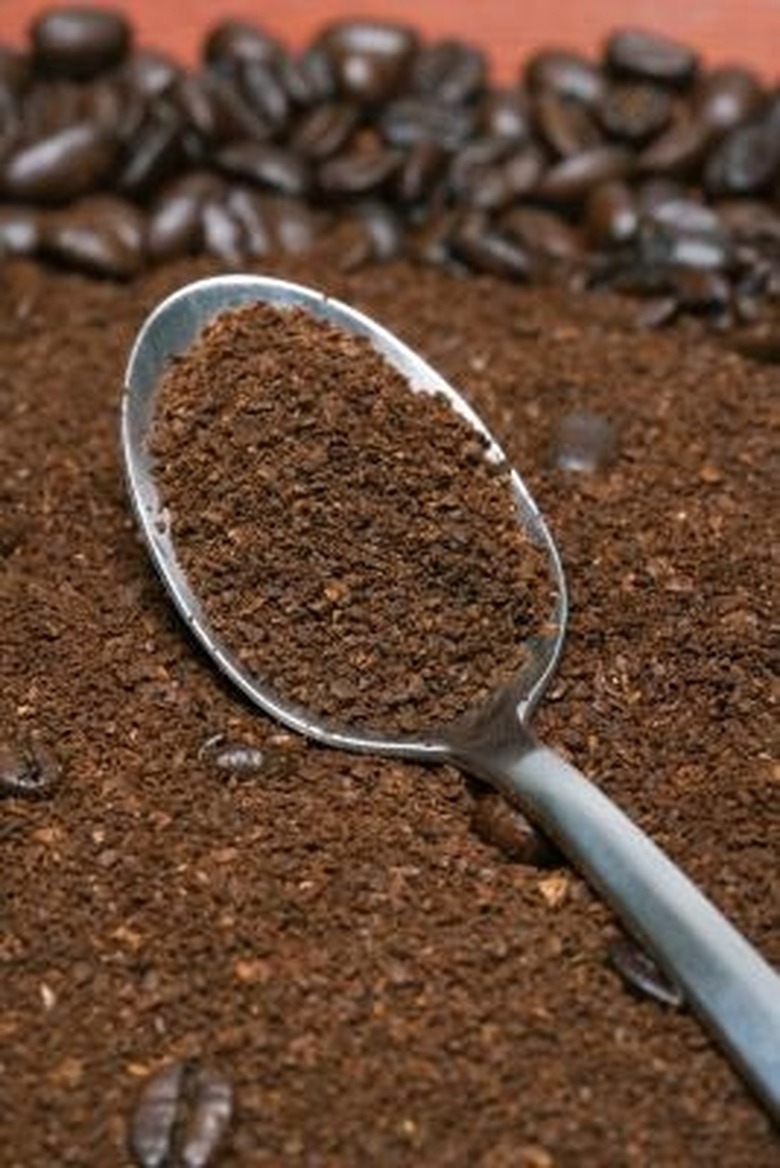How To Grow Mushrooms In Coffee Grounds
Things Needed
- Small plastic bucket
- Recently used coffee grounds
- Pen
- Drill with bit
- Mushroom spawn
- Spray bottle filled with water
Tip
According to the website Myco Masters, certain mushroom varieties prefer this type of substrate over other types, such as compost. These mushroom varieties include oyster mushrooms, shiitake mushrooms and others. The classic button mushroom prefers to grow in compost.
Warning
Spray your mushrooms less if you notice mold growing on your coffee grounds. You may also need to move it to a cooler area: mushrooms grow best at temperatures between 55 and 65 degrees Fahrenheit.
Mushrooms grow in all sorts of waste-related places: you can grow mushrooms on a rotting log, on newspaper, on cardboard, in sawdust or even in coffee grounds. The organic material on which mushrooms grow is called the mushrooms' substrate, and used coffee grounds work well for this purpose because they are a good consistency and they've already been recently sterilized during the brewing process. Using this method, you can grow your mushrooms indoors, as long as the temperature inside is cool.
Step 1
Fill your bucket with coffee grounds. Note how full the bucket is, and draw a line at the top of the coffee grounds. Empty the bucket, and put the coffee grounds back in their original container.
Step 2
Drill several holes around the bucket about halfway between the fill line you just drew and the bucket's rim. These holes will give the CO2 released by your growing mushrooms a place to escape, since you'll be covering the top of the bucket with perforated plastic.
Step 3
Refill your bucket with your coffee grounds. Place your mushroom spawn into the bucket, on top of the ground. Mix the two materials together to "plant" the mushroom spawns.
Step 4
Cover your bucket's lid with a layer of cellophane. Poke air holes in the cellophane with your pen. This will keep your mushrooms' environment appropriately moist, and will still allow air to get to them, too. You drilled the extra holes earlier, also, to make sure enough air gets to your growing mushrooms.
Step 5
Remove the cellophane cover once a day to lightly spray your coffee grounds with water. Replace the cover when you are done.
